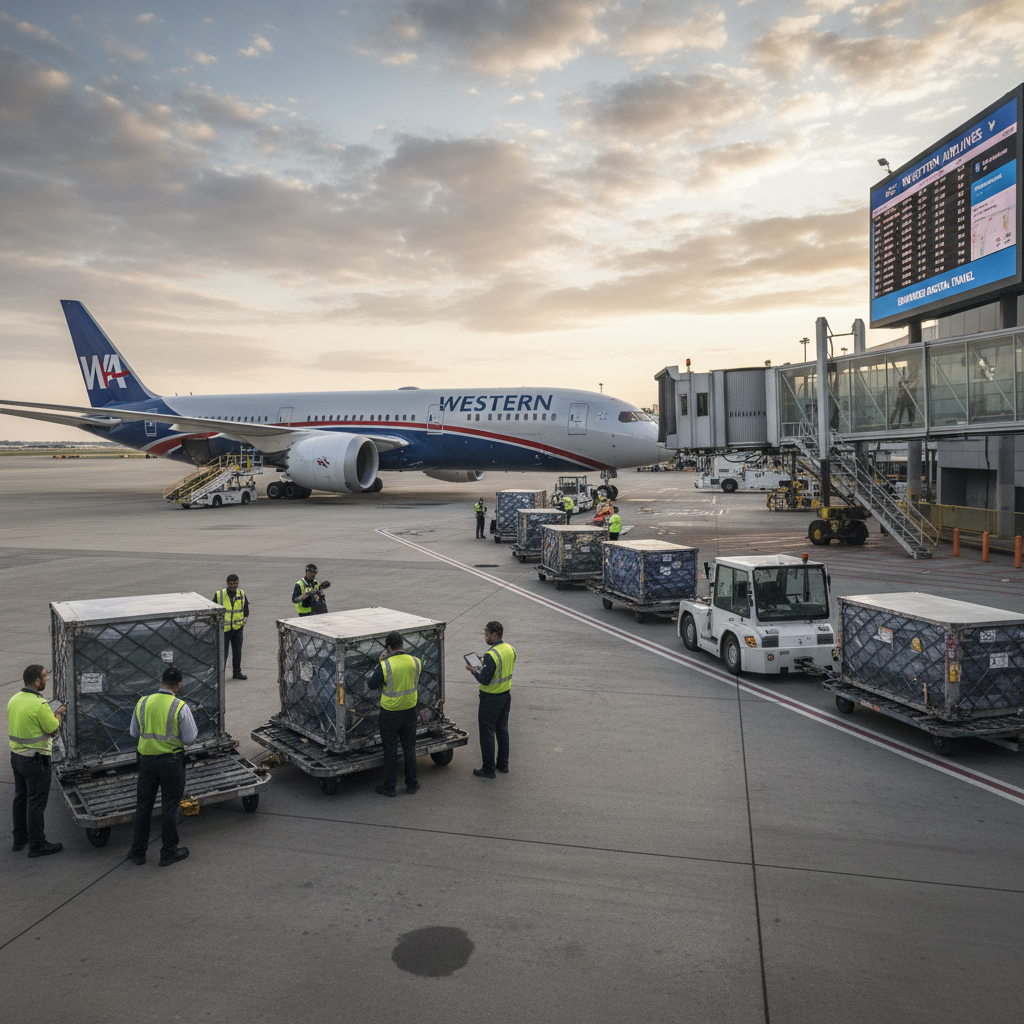Physical Address
304 North Cardinal St.
Dorchester Center, MA 02124
Physical Address
304 North Cardinal St.
Dorchester Center, MA 02124
Global aviation news tracker
Global aviation news tracker

Airlines and airports are racing to digitize ahead of a projected 2025 passenger surge.
In 2025, airline digital transformation is shifting from experiments to enterprise‑scale rollouts as carriers prepare for growth: IATA (International Air Transport Association) projects global passenger numbers will reach 5.2 billion. SITA’s Passenger IT Insights (2024) underlines the urgency—90% of travelers use technology for bookings and 64% say shorter queues are their top airport priority.
Across hubs and regional airports, operators are investing in automation, mobile-first journeys, and more accurate, real‑time scheduling to cut delays and staff friction. Expect expanded use of mobile boarding passes, biometrics for identity checks, automated bag tracking, and disruption messaging that updates passengers via apps and SMS. Even low-cost carriers are adopting advanced solutions to keep turnarounds fast and fares low.
These tech moves aim to improve operational resilience and passenger experience simultaneously. Real-time data feeds tie operations teams, crew scheduling, and ground handlers together so decisions are faster. For passengers, the promise is fewer queues, clearer messaging, and shorter connection times—benefits that match SITA’s findings from 2024 and the broader industry push heading into 2025.
Implementation will vary by operator size and region, but the trend is clear: digital investments are no longer optional. Airports and airlines that accelerate integration of systems, standardize data sharing, and design mobile-first passenger flows will be best positioned for the busy travel years ahead.